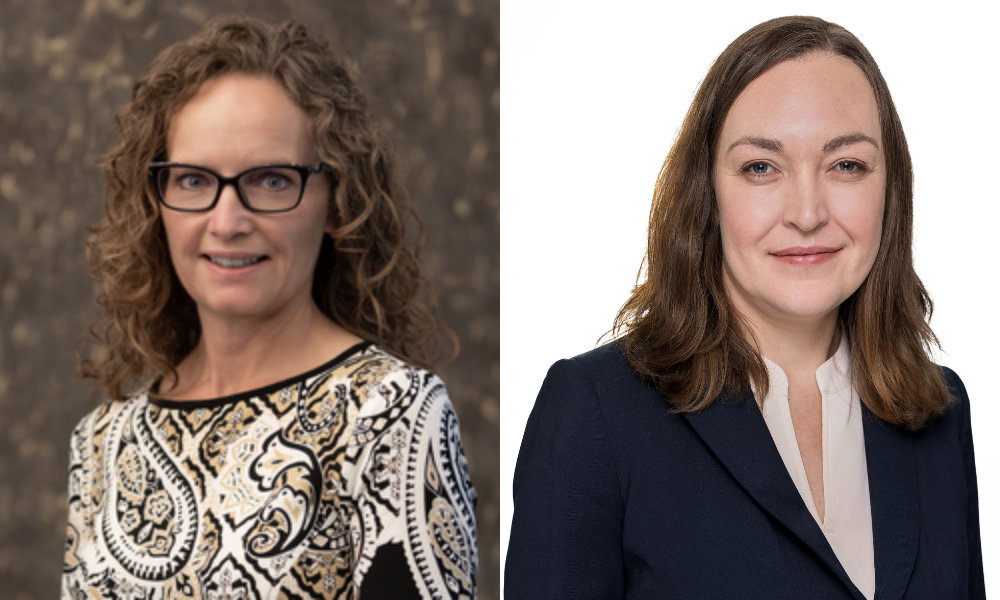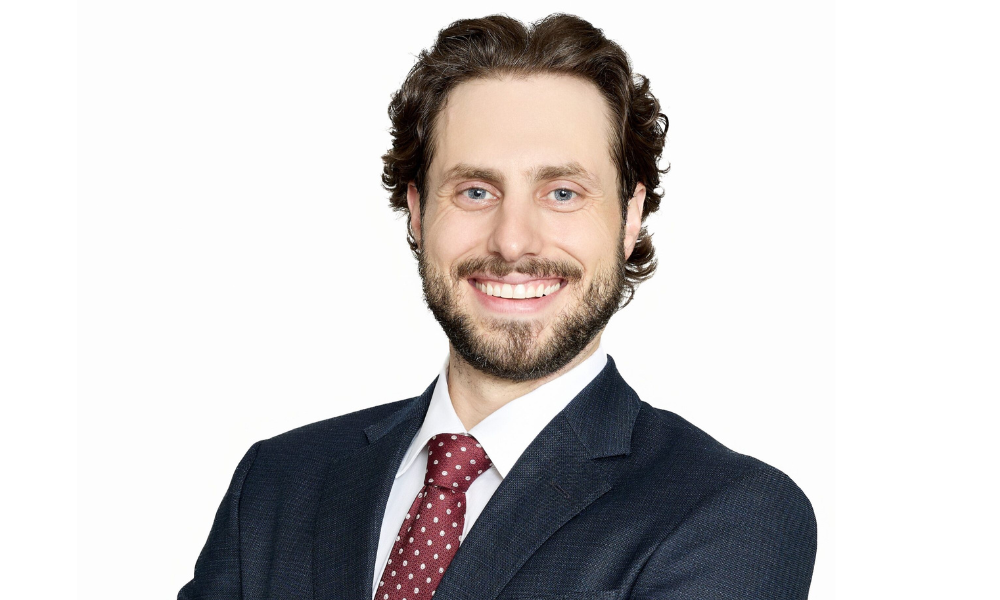When Amy Gilliland learned, in late 2020, that one of her employees at General Dynamics Information Technology (GDIT) had died by suicide, the president of the multibillion-dollar tech and professional services firm knew she had to make a change.
“Our employees were struggling with Covid and all of the other stressors that were out there,” she told HR Brew, “and it became clear to me that, as a business, we had a responsibility to lean in and help be part of the solution.”
In 2021, she launched, “How are you, really?” a mental health campaign to encourage conversations and increase awareness about mental health challenges and resources in the workplace.
Gilliland, who served in the US Navy and as SVP of HR administration at General Dynamics prior to her current role, sat down with HR Brew during a May virtual event to discuss the campaign and her advice for HR pros pursuing similar initiatives.
This interview has been edited for length and clarity.
GDIT serves the US government, as well as the defense and intelligence community—what’s your perspective on employee mental health in this particular context?
We have 28,000 employees, 14,000[+] of them…have security clearances. So, that’s one community that might be adverse to talking about mental health struggles for fear that they might lose their clearances…And then…about 30% of our population are veterans. And being a veteran myself, I can tell you that that often is a culture where people don’t talk about things like mental health. So, one of the things that became clear as we launched the campaign is that we wanted it to be prevalent, that this was going to be a sustained and long commitment from our leader to destigmatize any feelings that people might have about whether they could talk about struggles.
What did it take to get “How are you, really?” off the ground?
First of all, it took a commitment, a very emphasized message to leadership, that this is something that wasn’t going to be just a one-week push.
Secondly, we created online resources…we created a very rich, robust, and easily accessible place on our employee intranet, and also externally.
Another important step in this was helping our leaders…we had to give a handbook to our leaders to help them have these conversations…And then…[we created] a whole set of engagements, brown bag lunches, me going out talking to employees on the road, just to keep the conversation going.
Quick-to-read HR news & insights
From recruiting and retention to company culture and the latest in HR tech, HR Brew delivers up-to-date industry news and tips to help HR pros stay nimble in today’s fast-changing business environment.
And then finally…we talked to our employees about our current resources, and then what kind of benefits they thought they needed. And so that helped inform the benefits package.
GDIT has offices all around the world—how did you ensure that mental health was a priority that was woven into the fabric of the organization and reached employees whether they were based at your headquarters or abroad?
We put those resources that I talked about up in a place where everyone could access them…We trained our leaders…to understand how they could have these conversations…And then finally, it was really just walking the walk every day. I travel around the business all the time…I was in Kuwait talking to an employee that had been formally deployed to Iraq, and he was in the back of a trailer on a military base there, and I asked him, “How are you, really?” and he had a really difficult response about his own mental health struggles. And so this isn’t something that, you know, you can mandate or email about. It is something that everybody has to talk about and do.
How have you kept the campaign’s momentum going and iterated based on the evolving needs of your workforce?
A lot of listening…people are still feeling very isolated and alone. And so we have started, for instance, this year…a “find your community” campaign…to help people find other like-minded people with similar interests.
On the benefits side…we have adjusted a program that we launched during Covid…family healthcare concierge support…we expanded that to young adults and, you know, teenagers…and that program helps deal with everything from alcoholism to depression, anxiety, in addition to helping families schedule appointments that are harder to deal with [with] insurance companies. It’s been a really well-received benefit.
What advice might you give to an HR leader who’s not sure how best to support their employees’ mental health?
This isn’t something that’s HR’s problem. You need the whole of the business. So, I think it’s really important, for this to be successful, that the business understands the impact of mental health on productivity.
And then finally, the resources. Companies often have many mental health resources, but employees, because of the stigma or because they haven’t faced this before, they just don’t know.
If you or someone you know is in crisis, please contact the 988 Suicide and Crisis Lifeline by calling or texting 988 or chatting online at 988lifeline.org.




